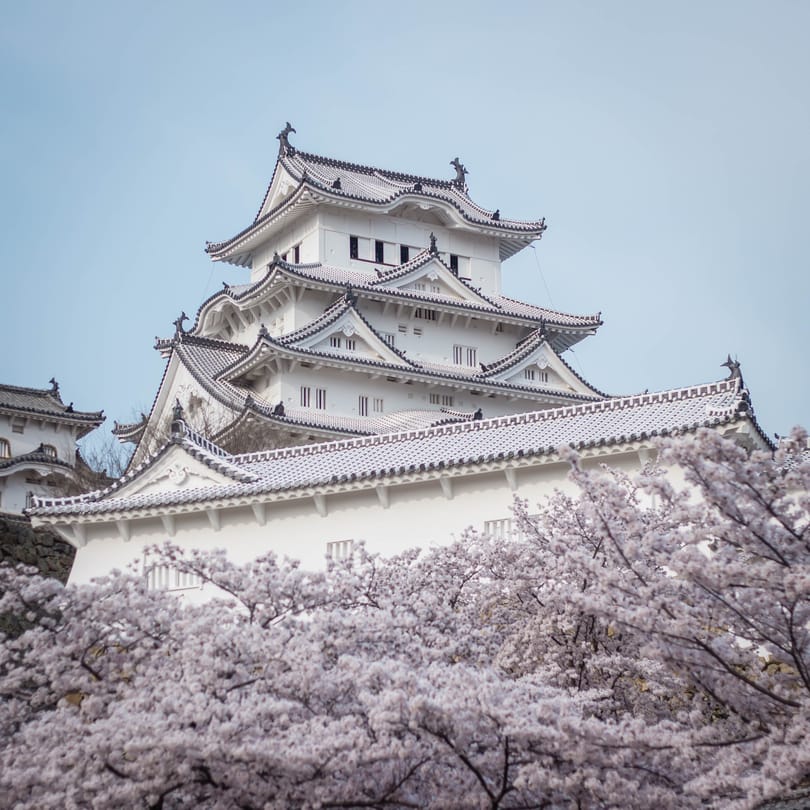Castle Himeji, a Japanese UNESCO World Heritage Site, is facing a shortage of professional interpreters to guide tourists.
The number of foreign visitors steeply dropped as the pandemic hit – resulting in a significant number of government-licensed interpreters losing their jobs. Due to which, the professional interpreters were forced to choose different employments.
A non-profit organization, Himeji Convention Support, responsible for planning events and developing personnel in Himeji intends to conduct English-speaking guide training course at Himeji Castle in October. This course is specifically designed for interested individuals who hold a National Government Licensed Guide Interpreter certification.]
The Japan National Tourism Organization administers and conducts the National Government Licensed Guide Interpreter examination on behalf of the Japan Tourism Agency.
In Japan, there are about 27,000 registered interpreters nationwide. According to the data from the Union of Kansai Governments – at the end of March 2022 – there were 1,057 licensed guide interpreters in Kyoto Prefecture. 1,362 licensed guide interpreters were in Hyogo and 2,098 in Osaka Prefectures – as per the same data.
Being able to speak a foreign language isn’t enough. Licensed guide interpreters are expected to have knowledge of variety of topics including Japanese culture, history, geography, and so on. Interpreters in Himeji Castle need to know the history of Himeji Castle.
Prior to COVID-19 outbreak, about 30 licensed guide interpreters worked with Himeji Convention Support. Most were forced to change their jobs as border restrictions tightened. Despite the organization requesting them to return to Himeji Castle, a lot seem happy with their current employment.
Himeji Castle Now

Meanwhile, the number of foreign tourists in Himeji Castle has been growing as restrictions have lifted.
400,000 foreign tourists visited the castle in fiscal 2018 and fiscal 2019 – which fell to less than 10,000 tourists to visit Himeji Castle in fiscal 2020 and fiscal 2021 – a survey conducted by Himeji City revealed.
As the number of visitors visiting Himeji Castle is expected to grow exponentially now, many English-speaking interpreters are needed. To fulfill which – the organization intends to begin the training course immediately.
Ịti mkpu n'ime ihe mgbu: njem nlegharị anya na-egbu ugwu Fuji

Japanese authorities are sounding alarm about the danger of overtourism to the one of the country’s sacred mountains and a popular pilgrimage site.
Mount Fuji, Japan‘s highest active volcano and a popular pilgrimage site, is overwhelmed by the number of visiting tourists that are out of control, local officials say.
An active volcano standing at 12,388 feet, known for its picturesque snowcap and one of Japan’s national symbols, Mount Fuji was recognized as a UNESCO World Cultural Heritage site in 2013. The number of visitors to Fuji more than doubled between 2012 and 2019 to 5.1 million.
Gụọ akụkọ a n'uju site na Harry Johnson:
Ebe ndị Japan na-enweghị onye ọrụ: Boon ma ọ bụ Bane?

As Japan‘s population continues to decline, local okporo ụzọ are facing serious issues. An increasing number of stations are transitioning to unmanned operations. Railway companies are making this change to improve their bottom line due to decreasing passenger numbers.
The trend is clearly happening even among the nation’s largest operators. Nearly 60% of the 4,368 stations operated by the six Japan Railways Group passenger companies are now running without staff.
Along with requiring no manual labor, unmanned stations bring their own set of concerns. Not least compromises in convenience and safety.
Passengers are being left with no information in stations. There were minimal remote announcements made to update passengers about the station’s status.
Read Full Article By: Binayak Karki























